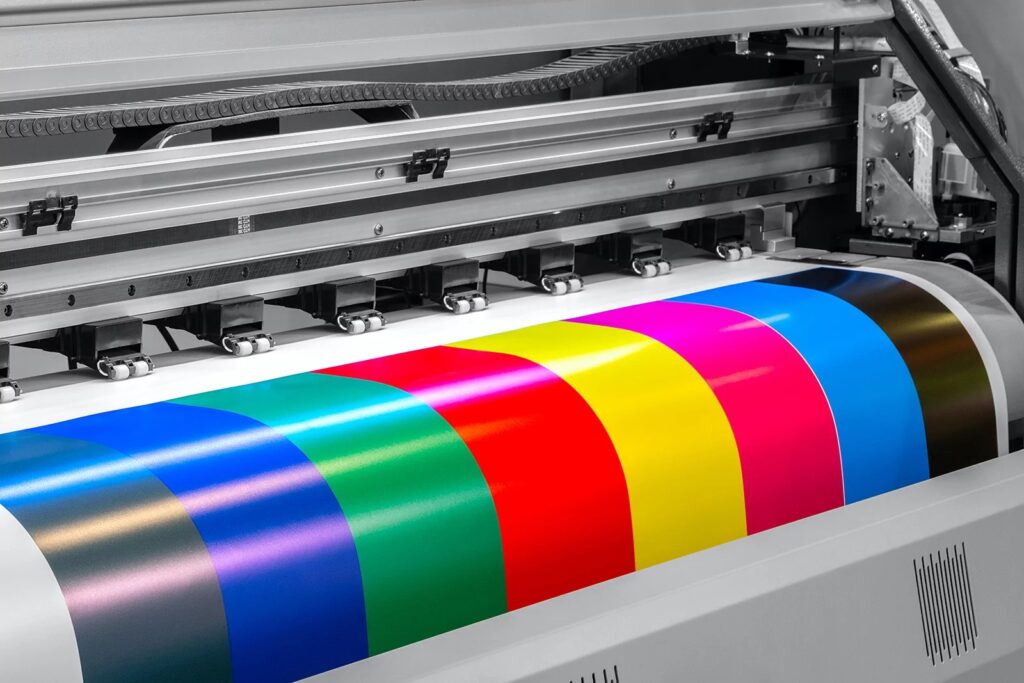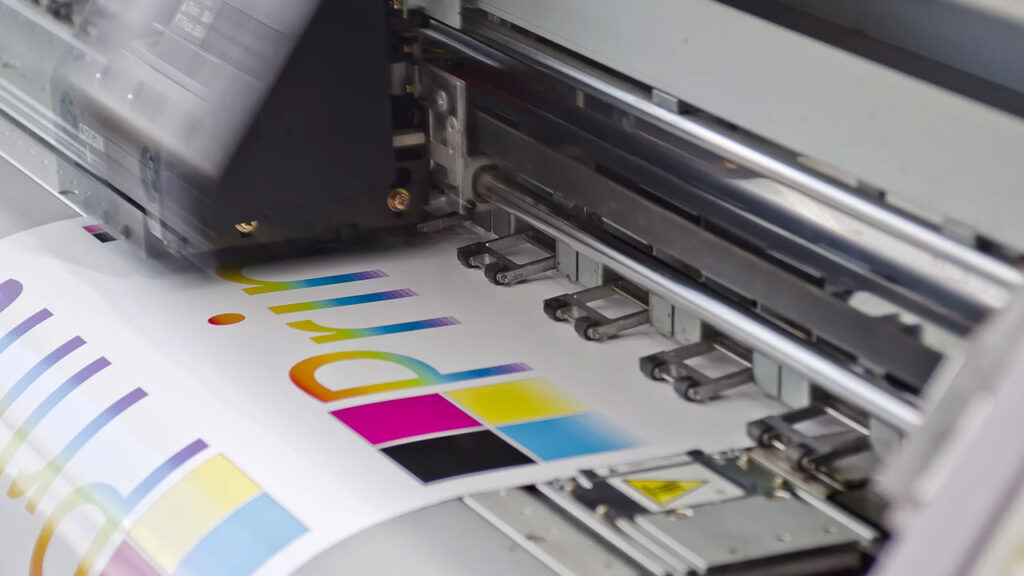Understanding Ink Smearing
Ink smearing is a common issue encountered when printing labels using inkjet printers. This phenomenon occurs when the ink does not adhere properly to the surface of the label material, resulting in blurred text and images. The problem can significantly affect the quality and professionalism of the final product, making it essential for users to understand the factors contributing to ink smearing.
Various types of inks are commonly used in inkjet printers, such as dye-based and pigment-based inks. Dye-based inks are known for their vibrant colors but tend to be more susceptible to smearing, especially on non-coated or porous surfaces.
On the other hand, pigment-based inks are generally more durable and resistant to smudging, providing better results on a wider range of materials. The selection of ink type can greatly influence the likelihood of encountering ink smear during the printing process.

The characteristics of the paper used for labels also play a significant role in ink adhesion. Labels made from low-quality paper or materials not designed for inkjet printing often experience issues with ink smearing. Smooth, coated label stock usually promotes better drying and ink absorption, thereby minimizing the risk of smudging. Conversely, uncoated or rough papers may absorb the ink unevenly, leading to an increased chance of smearing.
Environmental factors such as humidity and temperature can further exacerbate ink smearing problems. High humidity can prolong the drying time of ink, allowing more opportunities for smearing to occur, especially if handled too soon after printing. Similarly, extreme temperatures can affect the viscosity of the ink, leading to irregularities in application and drying. It is crucial to consider these aspects to maintain optimal printing conditions and achieve the best results for your labels.

Choosing the Right Label Material
When it comes to avoiding ink smearing while printing labels with an inkjet printer, selecting the appropriate label material is crucial. Various types of label papers are available on the market, each offering distinct advantages that can influence the quality of your printed results. Among the most common options are glossy, matte, and specially designed inkjet label papers. Understanding the functionality and characteristics of these materials can help in making an informed choice.
Glossy labels, for instance, provide a vibrant and appealing finish, making them popular for products requiring a polished look. However, these labels can sometimes retain moisture, increasing the risk of ink smearing if not handled appropriately. Conversely, matte labels tend to have a more absorbent surface, which can facilitate faster ink drying and minimize the risk of smudges. It is important to consider the specific requirements of your project when choosing between these finishes.
Another critical factor is whether the label is explicitly designed for use with inkjet printers. Labels that feature fast-drying coatings are particularly advantageous, as they help to quickly absorb the ink, preventing it from smearing before it dries completely. This characteristic is vital for high-speed printing environments or when working with a high volume of labels.

For sourcing high-quality labels, it is advisable to purchase from reputable suppliers who specialize in printer-compatible materials. Many office supply stores and online retailers offer a wide selection of label types, often with pertinent information regarding their compatibility with various inkjet printers. Be sure to check user reviews and product specifications to ensure the selected materials meet your printing needs effectively.
Printer Settings and Techniques to Prevent Smearing
Proper printer settings are essential for preventing ink smearing when printing labels with inkjet printers. One of the first considerations is the selection of the correct paper type. Labels often come with specific recommendations for compatible paper settings. For instance, using a setting labeled as “label” or “brochure paper” can significantly improve the ink’s adherence to the label surface, minimizing smearing.
Another critical aspect involves adjusting the print quality options on your printer. Many inkjet printers allow users to select various print quality settings. For high-quality label printing, it is advisable to opt for a medium to high-quality setting. However, opting for a “draft mode” can be effective when printing a large batch of labels since it uses less ink and dries faster, thereby reducing the likelihood of smearing.
Equally important is the technique used while printing. When loading labels into the printer, ensure that they are stacked evenly and correctly aligned. Misaligned labels can lead to printing errors, which often results in the ink smudging or smearing. Additionally, it is important to maintain an appropriate orientation. For example, if labels are designed for specific orientation, following these guidelines can further prevent printing mishaps.
Lastly, allowing sufficient drying time between prints is crucial. Each layer of ink needs adequate time to set before additional applications are made. By pausing for a brief period after each print job, particularly when printing multiple labels, you can significantly reduce the chances of ink running or smearing. Implementing these printer settings and techniques can lead to improved results, ensuring that your labels appear professional and vibrant without the frustration of ink smearing.
Maintenance Tips for Your Inkjet Printer
Regular maintenance is crucial for ensuring optimal performance of your inkjet printer and minimizing ink smearing during label printing. One of the primary maintenance tasks is the cleaning of print heads. Over time, dust, dried ink, and debris can accumulate, leading to clogs that affect print quality. Most printers have a built-in cleaning utility accessible via the printer’s software. It is advisable to perform this cleaning procedure regularly, especially before large print jobs, to ensure the nozzles are clear and functioning effectively.
Using the right inks is another critical aspect of maintaining your inkjet printer. Always opt for high-quality inks that are compatible with your specific printer model. Manufacturer-approved inks tend to yield superior results and are less likely to cause smudging. Furthermore, avoid mixing ink brands, as this can result in inconsistent colors and potential damage to the print heads.
In addition to ink quality, keeping your printer’s drivers and software updated is essential. Printer manufacturers frequently release updates to improve performance and fix bugs that can negatively impact print jobs. Ensure that your device is connected to the internet to receive updates automatically or periodically check the manufacturer’s website for new software releases.
Finally, conducting periodic maintenance checks can significantly extend the life of your printer while improving print output quality. This includes inspecting the paper feed mechanisms, aligning the print head, and ensuring that all components are free of dust and other obstructions. Additionally, routinely checking for firmware updates can enhance the overall functionality of your printer. Engaging in these maintenance practices will not only help prevent ink smearing but also ensure that your inkjet printer remains in optimal working condition for all your label printing needs.